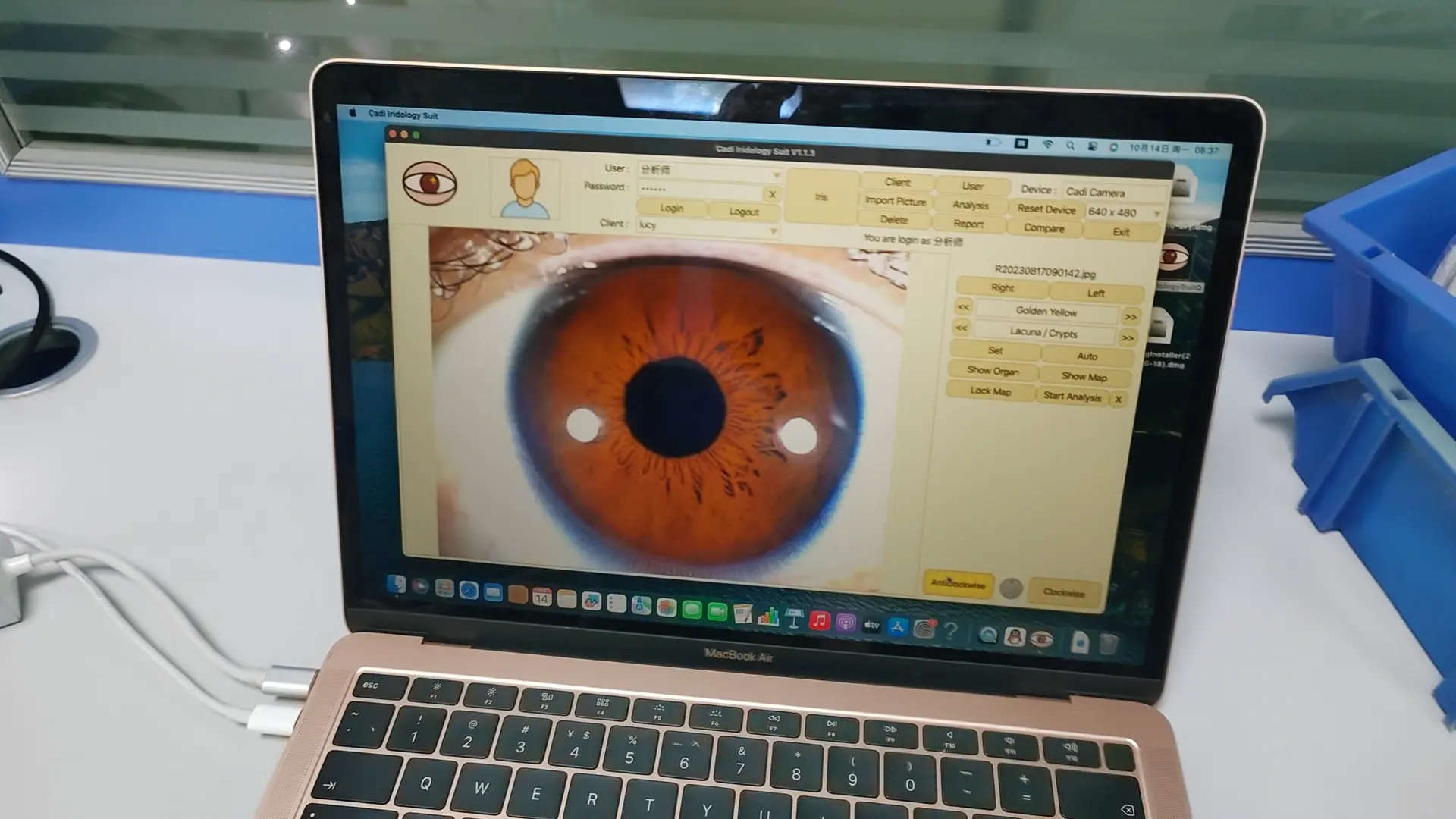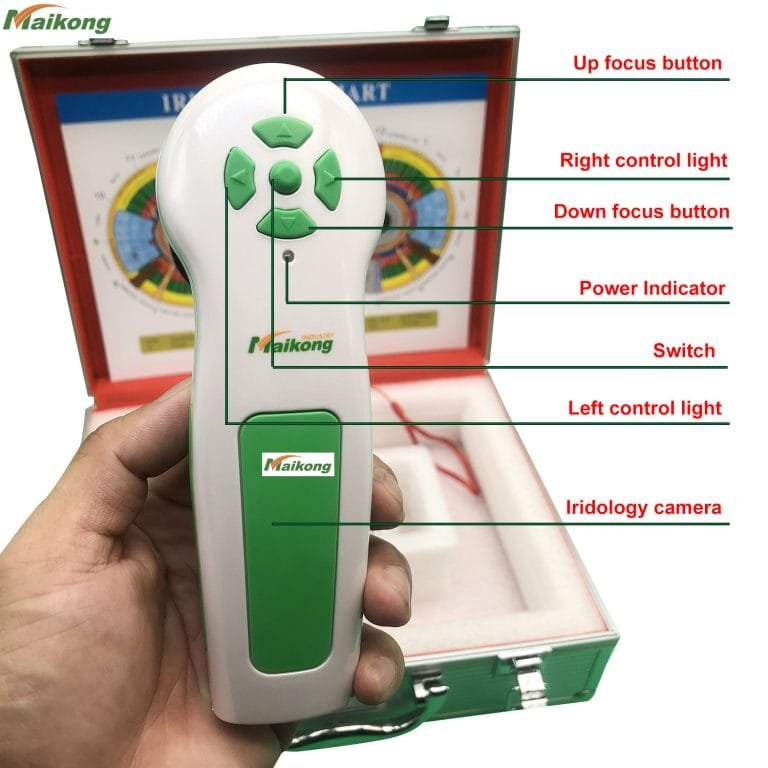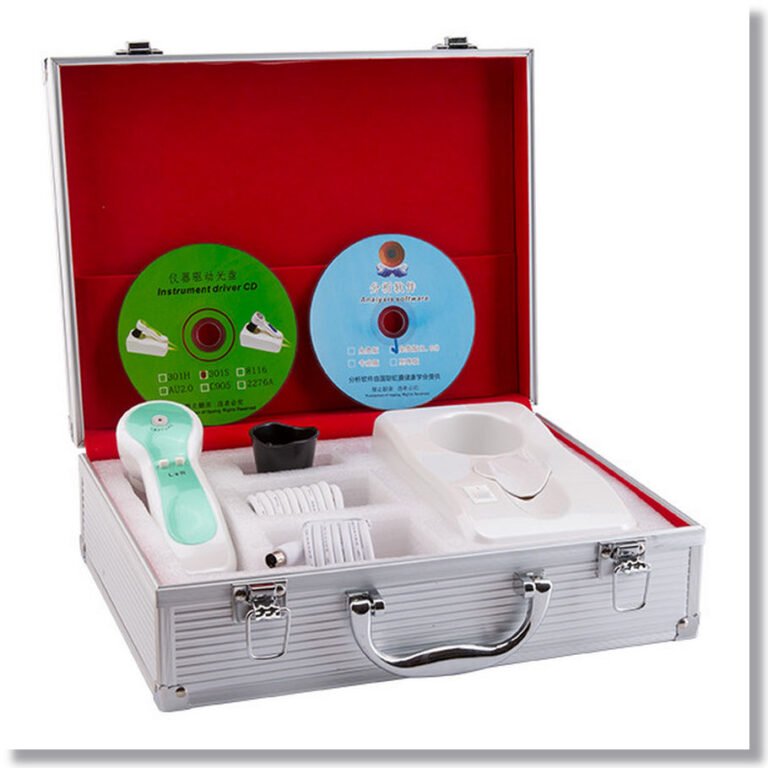Here’s a Quick Way to iridology camera for sale south africa








iridology camera for sale south africa

iridology camera for sale south africa
iiridology Analysis, Not Diagnosis
Early day iridologists referred to iris “diagnosis,” and in fact in other countries it is sometimes still referred to as “iris diagnosis.” Today we refer to the art and science as “analysis.” In the United States, making a “diagnosis” implies that you are a doctor duly licensed to diagnose. The term “analysis” is accurate when referring to iridology.
Iridilogy Origins history
The basic concept of iridology has existed for centuries. The medical school of the University of Salerno in Italy offered training in iris diagnosis. A book published by Philippus Meyers in 1670, called Chiromatica medica, noted that signs in the iris indicate diseases. Dr. Ignatz von Peczely, however, is generally considered the father of iridology, with the date of his discovery given as 1861. Von Peczely was a Hungarian physician. As a child, he accidentally broke an owl’s leg. He observed that a black line formed in the owl’s lower iris at the time of the injury. After the owl’s leg healed, the young von Peczely noted that the black streak had changed appearance. As a physician, he treated a patient with a broken leg in whose eye he observed a black streak in the same location as on the injured owl’s iris. Von Peczely became intrigued by the possibility of a connection between diseases and eye markings. Through observing his patients’ eyes, he became convinced of this connection and developed a chart that mapped iris-body correlations. After several decades of comparative study, von Peczely mapped organs across zones identified by hours and minutes on a clock face superimposed over drawings of the eyes. In 1881, he published his theories in a book called Discoveries in the Field of Natural Science and Medicine: Instruction in the Study of Diagnosis from the Eye.



A Swedish pastor and homeopath named Nils Liljequist also developed the concept of iris-body correlations at roughly the same time but independently of von Peczely’s work. He was the first iridologist to identify the effects of such drugs as iodine and quinine on the iris. Liljequist based his initial observations on changes in his own irises after illnesses and injuries, publishing writings and eye drawings during the late nineteenth century. One of his students, Dr. Henry Lahn, brought the practice of iridology to the United States. A variety of practitioners, primarily European, have sought to popularize iridology since these early works. Dr. Bernard Jensen, a chiropractor, is the best-known contemporary American advocate of iridology.
iridology software







iridology charts


iridology camera more info
iridology camera for sale south africa
iridology south africa
iridology in south africa
iridology institute of south africa
iridology practitioners south africa















































